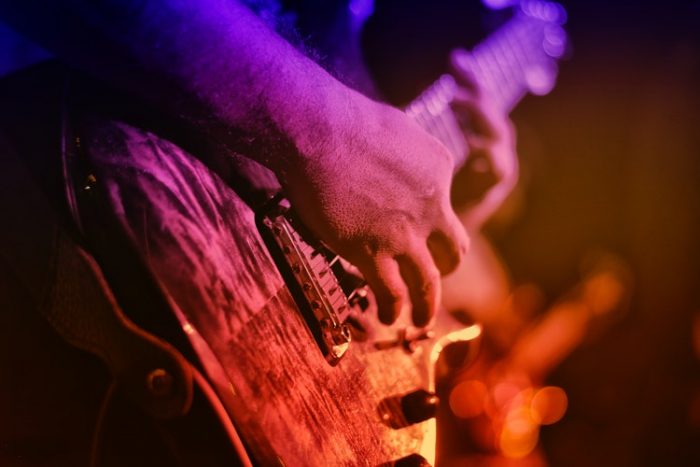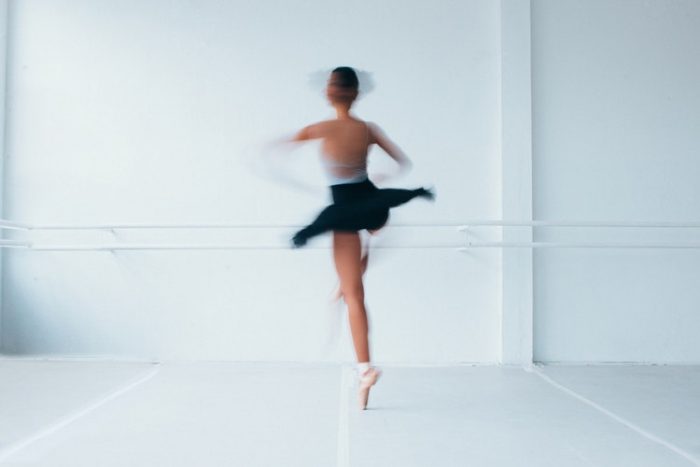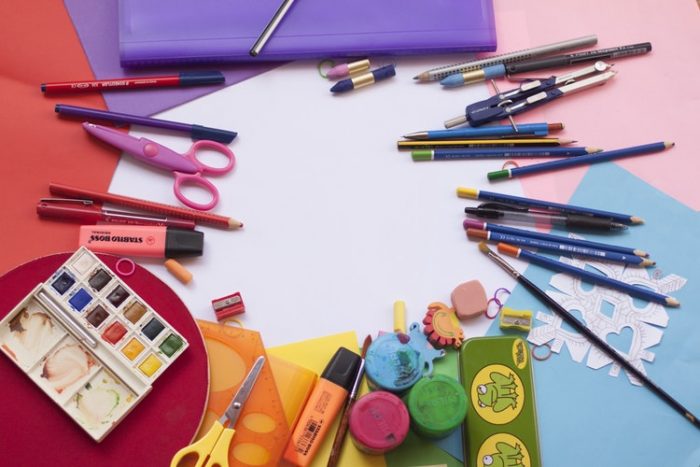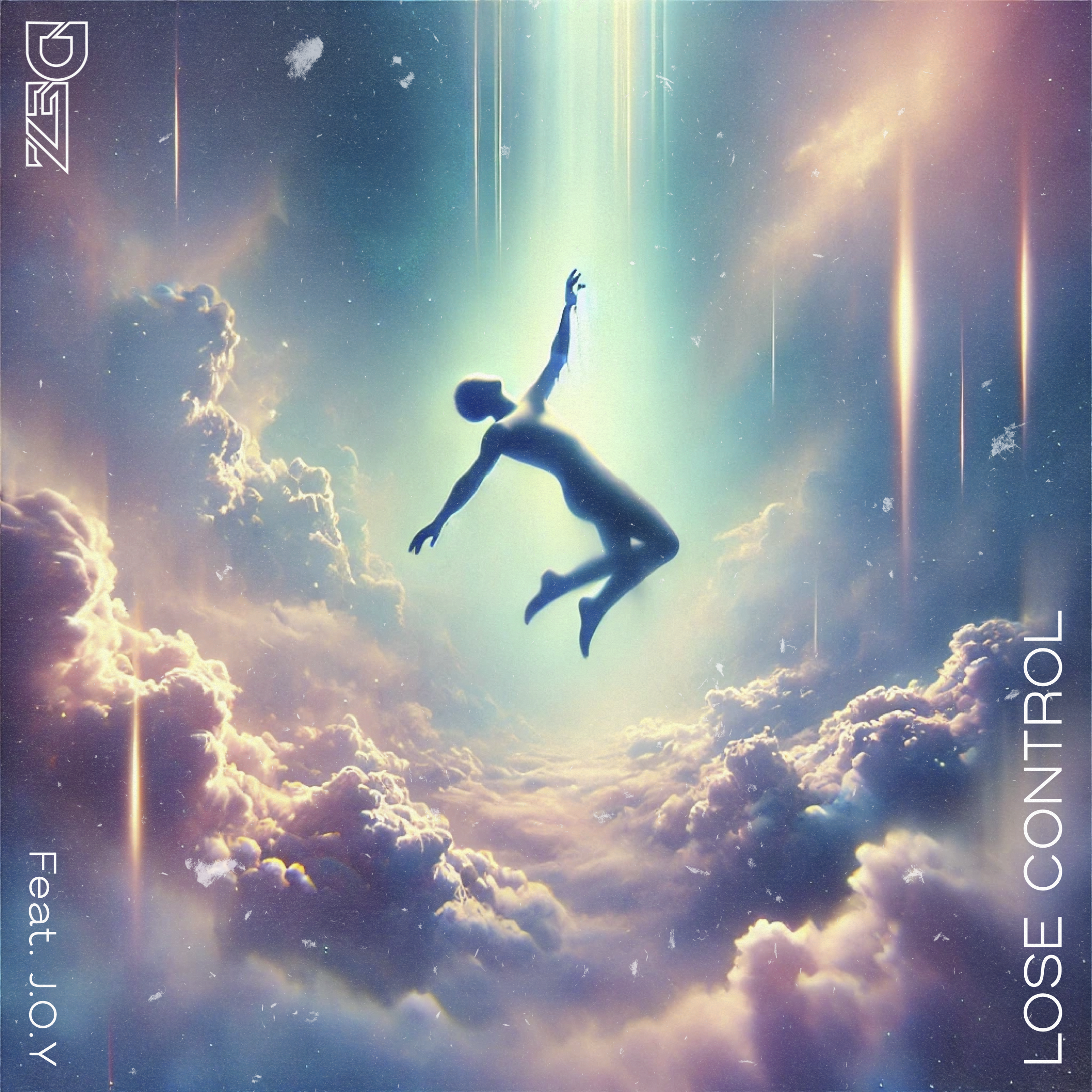They say a picture is worth a thousand words. When it comes to our youth, the earlier you’re exposed to music, art, and other forms of expression, the more benefits you reap. This is about more than a creative outlet. It’s a lens into the past, present, and future of humanity.
Yet, across the globe, we’re seeing ongoing cuts to music and arts funding. As schools continue to push for standardized testing which keeps students on track towards “traditional” success, such as college or trade school, we see less focus on the development of music and arts. Success is no longer measured by creativity, engagement, or provoking thoughts. It’s measured by math and reading scores.
Because of these changes, we’re seeing less music and arts programs for students. This is doing far more harm than good. As a society, we simply cannot afford to gloss over music and arts. These are the most important methods of communication humans have relied on for centuries, and they’re essential for students of all ages.

The Power of Music and Dance
First, let’s take a closer look at the power of music. We likely all remember growing up with popular nursery rhymes, lullabies, and other songs. In fact, that’s probably how you learned you’re ABCs. Yet, why is music quickly fading into the background of our school system today?
Unfortunately, music gets a bad reputation. People hear the new sounds on the radio and at music festivals and they immediately overlook it having any value. When we make music, we use more than just the fingers and hands, we’re connecting with our own creativity and expression.
Beyond this, music is actually heavily linked to language skills. According to PBS, music education enhances language abilities like the ability to decode sounds or pronounce words. These are effects that can be measured in the brain. Music teaches kids and teens how to communicate clearly with the world, and that’s a powerful tool.
Music is also used heavily in dance, another form of expression. Most of today’s education is done from the confines of desks and tables. It’s when kids get to move around that they really learn how powerful their bodies are as tools of their own. The same goes for teenagers. Look what happened in Footloose, for example, when the teens weren’t allowed to express themselves through dancing. Though this is clearly an extreme example, it just goes to show how valuable dancing can be.
In a study of new dance education classrooms in New York City, 95% of teachers reported dancing as a successful way to improve students’ cooperative and collaborative skills. Whether students choose their own dance costumes and perform or get up and move in the classroom, dancing and music have permanent places in our education system.

Developing Writing Skills
Writing is one of the fundamental ways we communicate. Yes, spoken words are important, but what about knowing how to express yourself through text? Today, “chat speak” and texting languages are all too common. While there’s nothing wrong with this, fewer people are growing up with strong writing skills.
From learning how to write a song to simply writing an email to a coworker, we can’t ignore writing as a life skill. An overwhelming 73% of employers want candidates who can write, regardless if we’re talking about essay writers or professional, dissertation writers. The sooner we commit to making the world a better-written place, the better off everyone will be.
The Significance of Art and Performance
It’s easy to overlook the fine arts as nothing more than silly craft time. Why paint or draw when you could be studying math or a more “important” subject? With so many educational systems getting rid of art altogether, it’s time we reevaluate the significance of art for students.
Today, there’s an over-the-top obsession with STEM. If it doesn’t have to do with science, math, engineering, or technology, it’s not in the curriculum. What these educators don’t know is that students who participate in the arts at least 3 days a week throughout the school year are 4 times more likely to achieve more academically. The arts and STEM are more closely related than we like to think.

More importantly, the arts teach students to focus. This is an increasingly necessary skill as attention spans wane shorter and shorter each year. Students won’t be natural artists the first time they try. Young people learn to focus on one thing, trying again and again until they make progress they can see.
Finally, performance is another art form often pushed aside. Mankind has been appearing on the stage for thousands of years. With the rise in popularity of recent Broadway shows, you’d think this art form would be taken more seriously. Acting isn’t just about reciting a play. It’s about gaining confidence, learning how to speak clearly, and expressing yourself.
Immerse Students in Music and Art
More students deserve to recognize the power of both music and art. Throughout history, humans haven’t needed to be instructed in these things. They are a natural part of all civilizations, and they’re a natural part of students today.
Yet, so many students are being forced to ignore expression in favor of standardized-based education. While there’s always going to be a place for math, reading, and the sciences, that doesn’t also mean music and art should be forgotten outside of the classroom. Educators need to recognize the benefits these disciplines bring, whether as an outlet for students or a way to learn in their own right.

